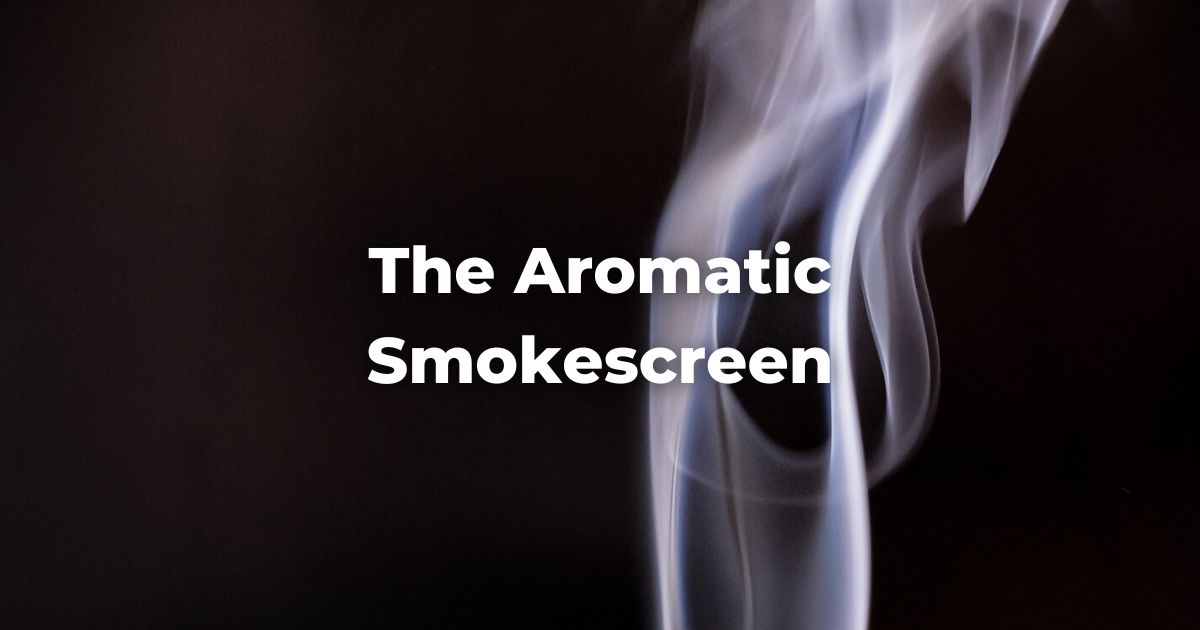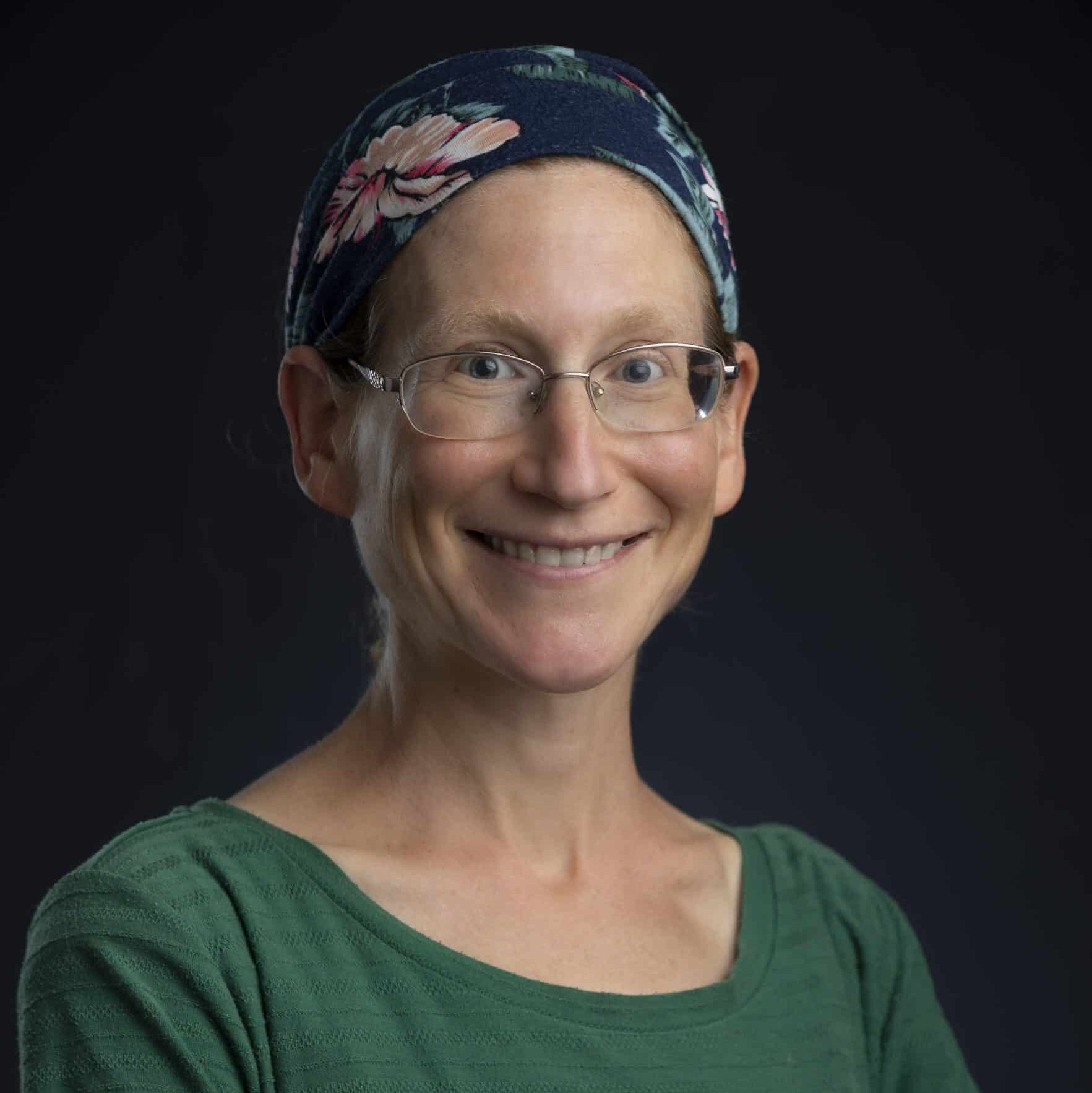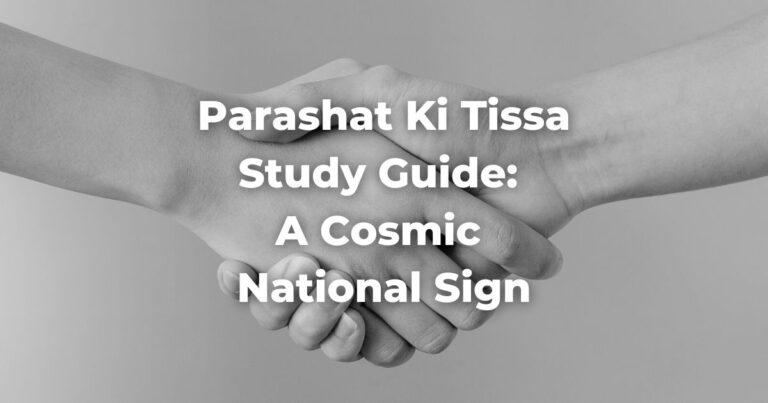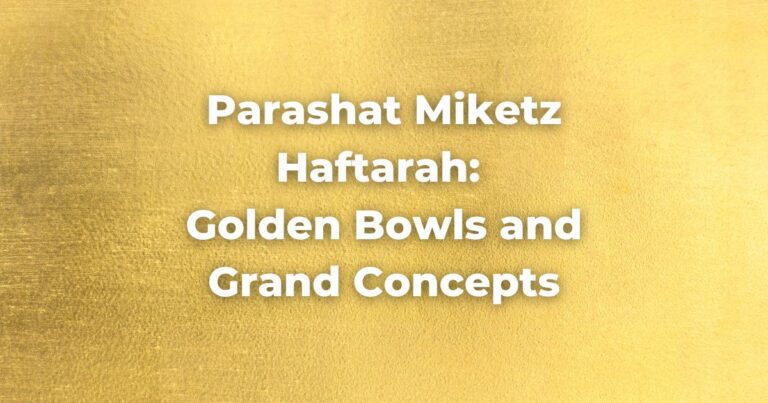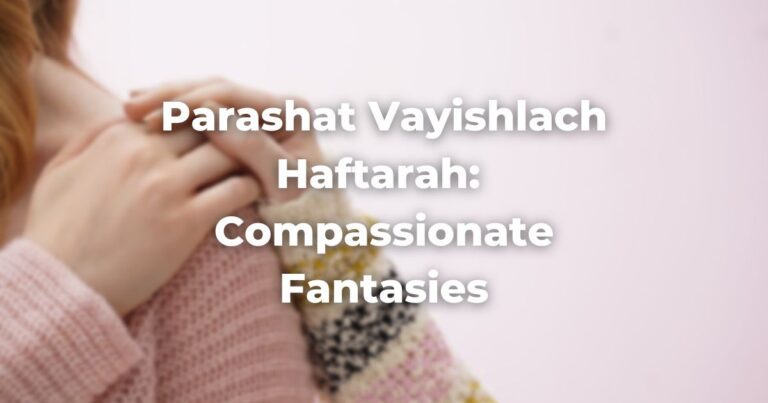Our parashah, famous for describing Moshe’s receipt of the Ten Commandments on Mount Sinai and the people’s construction of the golden calf down below, also contains God’s instructions to Moshe concerning the preparation of the Ketoret, the incense offered in the Tabernacle along with the daily sacrifices.
The Incense
The incense, a combination of herbs “expertly blended, refined, pure, sacred” (Exodus 30:35), had a very specific recipe with precise quantities, as detailed by the Talmudic sages (Keritut 6a). The Talmudic discussion of the Ketoret offers insight into why the incense is discussed here in the Torah, in a parashah otherwise preoccupied with the revelation at Sinai.
The Torah teaches that when the Israelites stood before God on Mount Sinai, there was “a dense cloud upon the mountain,” and “the smoke rose like the smoke of a kiln” (Exodus 19:16-18). It is an image strikingly reminiscent of the Talmud’s discussion of the role played by the Ketoret in the rituals of Yom Kippur, when the High Priest would enter the Holy of Holies.
The Torah teaches that the High Priest was allowed to enter this most sacred chamber only when carrying the incense, because the cloud of smoke rising from the incense had to occlude the ark covering. Only then would God appear: “For in a cloud shall I be seen on the cover” (Leviticus 16:2).
The cloud of smoke from the Ketoret thus facilitated the manifestation of God’s presence, which could take place only when the High Priest’s vision was clouded by the smoke from the Ketoret. “No man can see me and live,” as God tells Moshe in our parashah (Exodus 33:20); even the High Priest must rely on the buffer of the incense smoke to safeguard against the dazzling and dangerous intensity of unmediated revelation.
The Talmud (Yoma 38a) explains that the smoke from the incense rose straight up like a column—or perhaps like the smoke of a kiln—and then descended and spread, filling the entire chamber of the Holy of Holies.
No one knew what was responsible for this property, called Maaleh Ashan, the raiser of smoke, except for one particular family, known as Avtinas, who passed the secret of the Ketoret down through the generations and refused to share it with anyone else.
The Avtinas family and the recipe for incense
The Talmud relates that when the Avtinas family would not divulge their secret, the sages removed them from office and sent for specialists from Alexandria, Egypt, who were experts at preparing incense. But the Alexandrian apothecaries were unable to make the smoke ascend straight up. So the sages had no choice but to reinstate the Avtinas family.
Recognizing how much they were valued, the Avtinas family doubled their rate, and it is for this reason, says the Talmud, that the family is not remembered favorably.
The Ketoret was thus bound up in mystery and concealment—not only did the cloud of incense serve to keep the divine image occluded, but the recipe was a closely guarded family secret.
The Talmud (Keritut 6a) tells us only that it consisted of eleven spices, ten of which were fragrant and one of which—the galbanum (chelbenah)—smelled foul.
But combined with the other ingredients, the galbanum lent the Ketoret exactly the right aroma.
The perfect and imperfect combine
The rabbis use the Ketoret as a parable to teach that just as the foul-smelling ingredient was necessary to give the entirety its desired fragrance, so too every congregation needs to include its sinners.
Abaye derives this notion from a verse in Amos 6:9, where God “builds His upper chambers in the heavens and establishes His bundle on the earth.”
The people are described as a bundle, suggesting that we must all—righteous and sinners—approach God together in our prayers. We do not leave sinners to come before God on their own, because all of us at some point are sinners.
The galbanum alone would smell terrible, and none of us imperfect human beings would want to stand alone before the divine Judge. As a community, however, we compensate for and conceal each other’s shortcomings, allowing the sinners among us to blend in with everyone else.
When read in the context of our parashah, the Ketoret serves to remind us that revelation is never direct and unmediated, whether it is the high priest entering the Holy of Holies in a cloud of smoke, or whether it is the collective experience of the Jewish people standing before a dense cloud at the foot of Mount Sinai.
For us, too, the divine encounter is inherently occluded—we do not necessarily know when God is speaking to us, or when our prayers are being answered.
We experience the divine through smoke and haze, as part of a community created by the bundling and blending together of many individuals. Perhaps the secret recipe for a holy community is the recognition that all of us need one another when standing before God.
See more: Parashat Ki Tisa
Originally posted as part of the Conservative Yeshiva at the Fuchsberg Jerusalem Center’s Torah Sparks. Support Torah learning from the Fuchsberg Jerusalem Center/Conservative Yeshiva for leaders and seekers around the world here.
Authors
-

Ilana Kurshan teaches Talmud at the CY. She is the author of If All the Seas Were Ink (St. Martin’s Press, 2017) and Why is This Night Different From All Other Nights (Schocken, 2005). She has a degree in History of Science from Harvard and in English literature from Cambridge, and has worked in literary publishing both in New York and in Jerusalem – as a translator, a foreign rights agent, and as the Books Editor of Lilith Magazine. Since October 2020, Ilana has been a regular contributor to Torah Sparks, FJC’s weekly parashat hashavuah blog.
-



The Fuchsberg Jerusalem Center (FJC) is a home in the heart of Jerusalem where leaders and seekers can find an authentic place in Jewish tradition to call their own. FJC offers opportunities to study, pray and explore within an egalitarian and inclusive setting, creating multiple pathways for finding personal and communal meaning.
